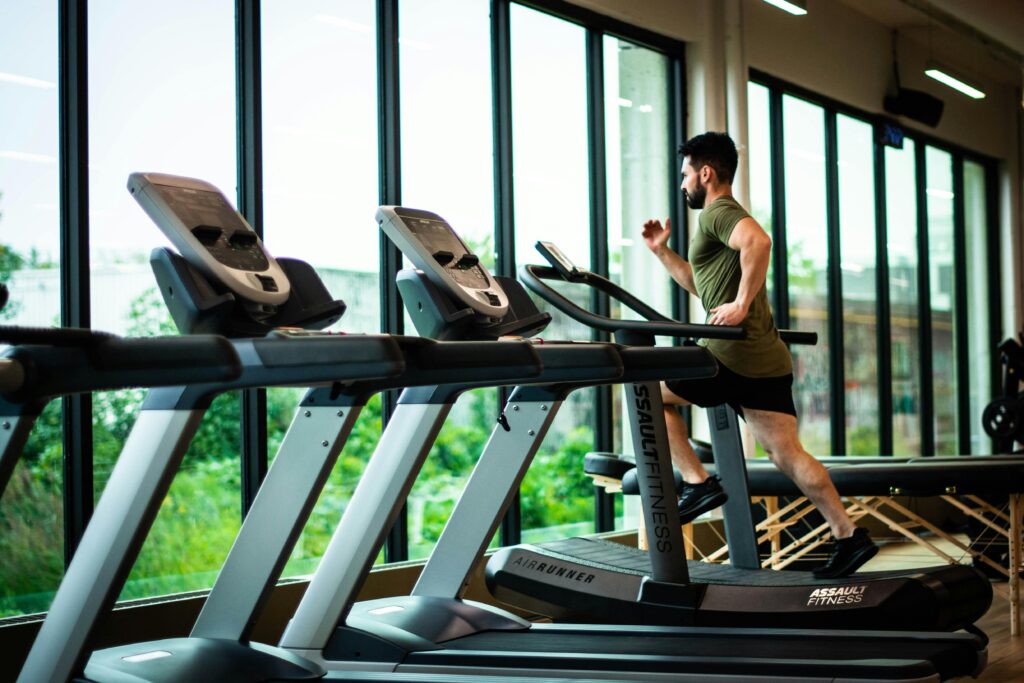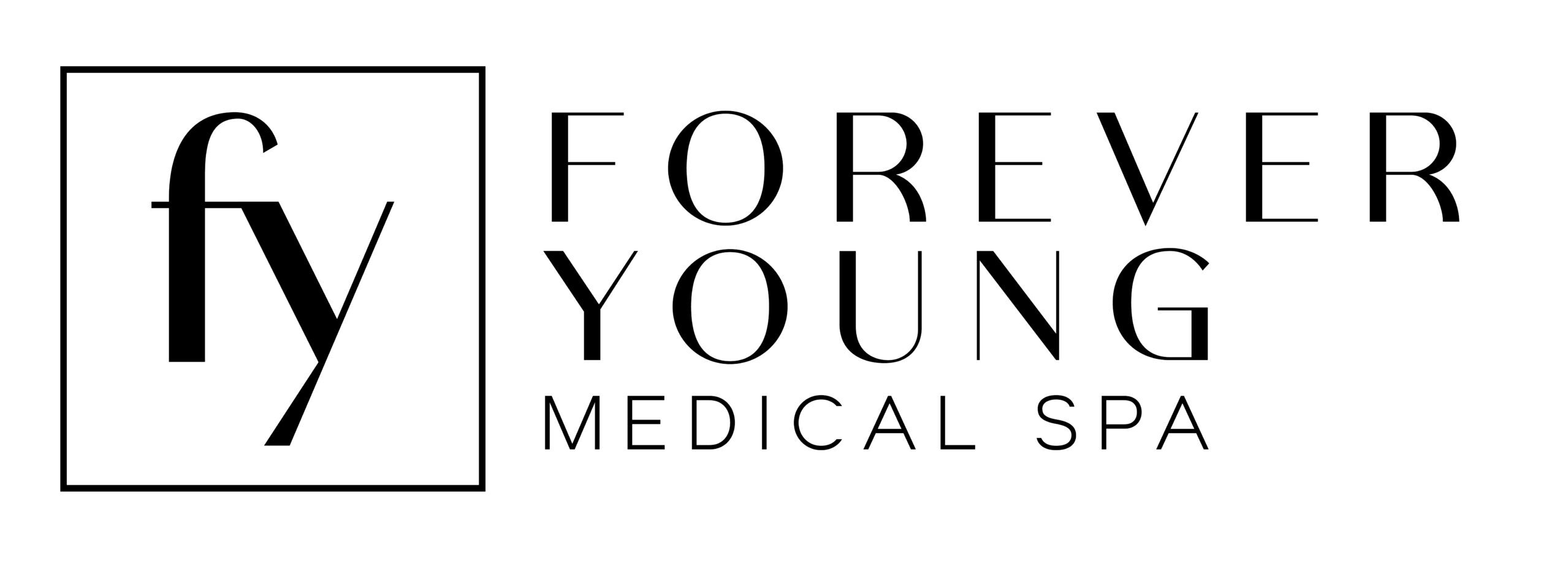After receiving Botox or any similar neuromodulator injections, it’s crucial to follow post-treatment guidelines to ensure the best results. One of the most important recommendations is to avoid exercise for at least 24 hours after the procedure. Strenuous physical activities like yoga with inversions, swimming, pilates, and weightlifting should be avoided because they can cause the botulinum toxin to migrate from the targeted muscles, potentially affecting the treatment’s effectiveness. Additionally, remaining upright for at least four hours post-treatment helps prevent the product from shifting. It’s important to avoid any workout after Botox to ensure optimal results.

By following these post-care instructions, patients can maximize the benefits of their treatment and ensure that the Botox or other neuromodulators effectively smooth out those dynamic wrinkles, providing a more youthful appearance.
How long after Botox can you workout?
After Botox treatment, it’s important to follow specific post-care instructions to ensure optimal results and minimize any potential side effects. One key guideline is to avoid strenuous exercise for 24 hours. While exercise typically benefits your cardiovascular health by increasing blood circulation, this heightened blood flow can cause the Botox to spread to unintended areas, leading to side effects like drooping eyebrows or eyelids. Therefore, avoiding a workout after Botox is crucial.
Forever Young Medical Spa recommends that patients refrain from activities such as running on a treadmill or engaging in aerobic exercise for at least four hours after the treatment. Additionally, you should avoid heat exposure, including saunas, hot yoga, tanning booths, and hot tubs. Heat increases blood circulation, which can not only interfere with the Botox but also heighten the risk of bruising.
After the first 24 hours, you can resume strenuous activities like cycling, hiking, running, and yoga. By following these guidelines, you can help ensure that your Botox treatment achieves the best possible outcome without complications. Remember to plan your workout after Botox treatment sessions accordingly to avoid issues.
Why can’t you exercise after Botox?
After Botox treatment, there are several important reasons to avoid strenuous exercise to ensure the best results and minimize potential complications. Here’s a breakdown of why it’s essential to refrain from vigorous physical activity post-treatment:
- Increased Blood Flow and Circulation: Exercise raises your heart rate, which in turn increases blood flow and blood pressure. This can contribute to bruising and swelling at the injection site. Additionally, the heightened circulation can cause the Botox to migrate away from the targeted muscles, potentially leading to temporary paralysis of surrounding muscles. This can result in unwanted side effects such as drooping eyebrows and eyelids. That’s why it’s recommended to avoid a workout after Botox.
- Upright Positioning for Four Hours: After Botox injections, it’s crucial to keep your head upright for at least four hours. This means avoiding actions like bending over or lying down. For example, when picking something up from the floor, it’s better to squat or plié like a ballerina instead of bending at your waist. Lying down, including sleeping or visiting the dentist, can lead to Botox migrating from the injection site. Additionally, activities like yoga that involve inversions (e.g., downward dog) should be avoided, as these positions can cause the Botox to move to unintended areas.
- Avoiding Pressure on Treated Areas: For 72 hours after Botox treatment, it’s advised to avoid putting pressure on the treated areas, which includes avoiding facial massages. Pressure can push the Botox into surrounding muscles, affecting areas that weren’t intended to be treated. Certain activities, such as swimming or cycling, may require tight headgear that puts pressure on the forehead or other treated areas. Even wiping sweat away during exercise can unintentionally apply pressure to the treated areas, potentially affecting results.
- Botox Diffusion: Botox can diffuse for several hours after it’s injected into the skin. In areas like the forehead, glabella (frown lines), or around the eyes (crow’s feet), Botox could potentially migrate into the small muscles of the upper eyelids. Neuromodulators like Dysport have different diffusion profiles, with some spreading more widely than Botox, which could increase the likelihood of unwanted effects.
To avoid these risks and ensure your Botox treatment is as effective as possible, it’s recommended to exercise before your scheduled appointment. That way, you can avoid the temptation to exercise too soon after the treatment and also prevent feeling guilty for missing a workout. Following these post-care guidelines will help you achieve the best cosmetic results without complications.
Can You Work Out Before Botox?
Yes, you can absolutely work out before your Botox appointment. If exercise is a regular part of your routine, there’s no need to skip it entirely on the day of your treatment. In fact, scheduling your workout before the appointment ensures you don’t have to worry about avoiding physical activity during the critical post-Botox period when you need to follow aftercare instructions (such as refraining from strenuous exercise for 24 hours). This way, you can enjoy your workout after Botox without concerns.
Would you like to talk with our Medical Providers?
Our focus on clinical education and training ensures that every patient receives the highest level of care, from consultation to treatment, with a focus on safety, results, and overall wellness.
Forever Young Medical spa is here to help you, call us at (805) 895-6710 or book your FREE Virtual Consultation and enjoy the ultimate way to feel fabulous from the inside out.
Look and Feel Better with Forever Young
